
Unlocking Efficiency with the Right Hydraulic Cylinder for Forklift Operations
In the competitive world of material handling, optimizing forklift operations is crucial for enhancing productivity and reducing operational costs. One of the key components that significantly influence the efficiency of these machines is the hydraulic cylinder for forklifts. According to a recent industry report by MarketWatch, the global forklift market is projected to grow at a CAGR of 4.5% from 2021 to 2026, emphasizing the increasing reliance on advanced hydraulic systems to improve performance.
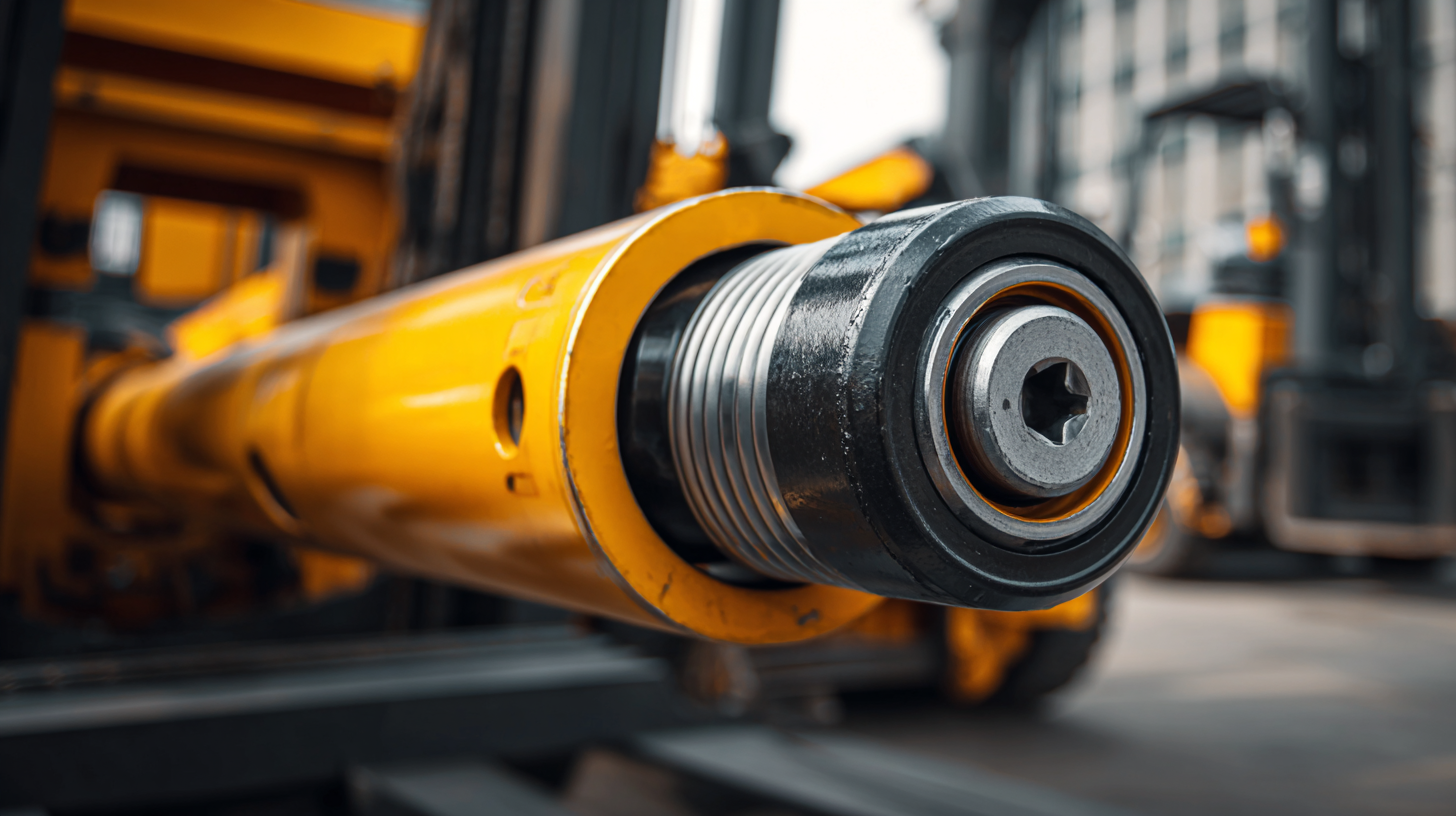
The right hydraulic cylinder not only boosts lifting capacity but also ensures smoother operation and greater reliability in heavy-duty applications. Understanding how to select and utilize the appropriate hydraulic cylinder for forklift systems can lead to substantial improvements in efficiency, ultimately driving business success in a fast-paced logistics environment.
Choosing the Right Hydraulic Cylinder for Your Forklift Needs
Choosing the right hydraulic cylinder is crucial for ensuring that your forklift operates efficiently and effectively. When selecting a hydraulic cylinder for your forklift needs, it’s important to consider factors such as the load capacity, stroke length, and operating environment. Hydraulic cylinders are pivotal in the lifting mechanism, and using the appropriate type can enhance performance while reducing wear and tear on the equipment.
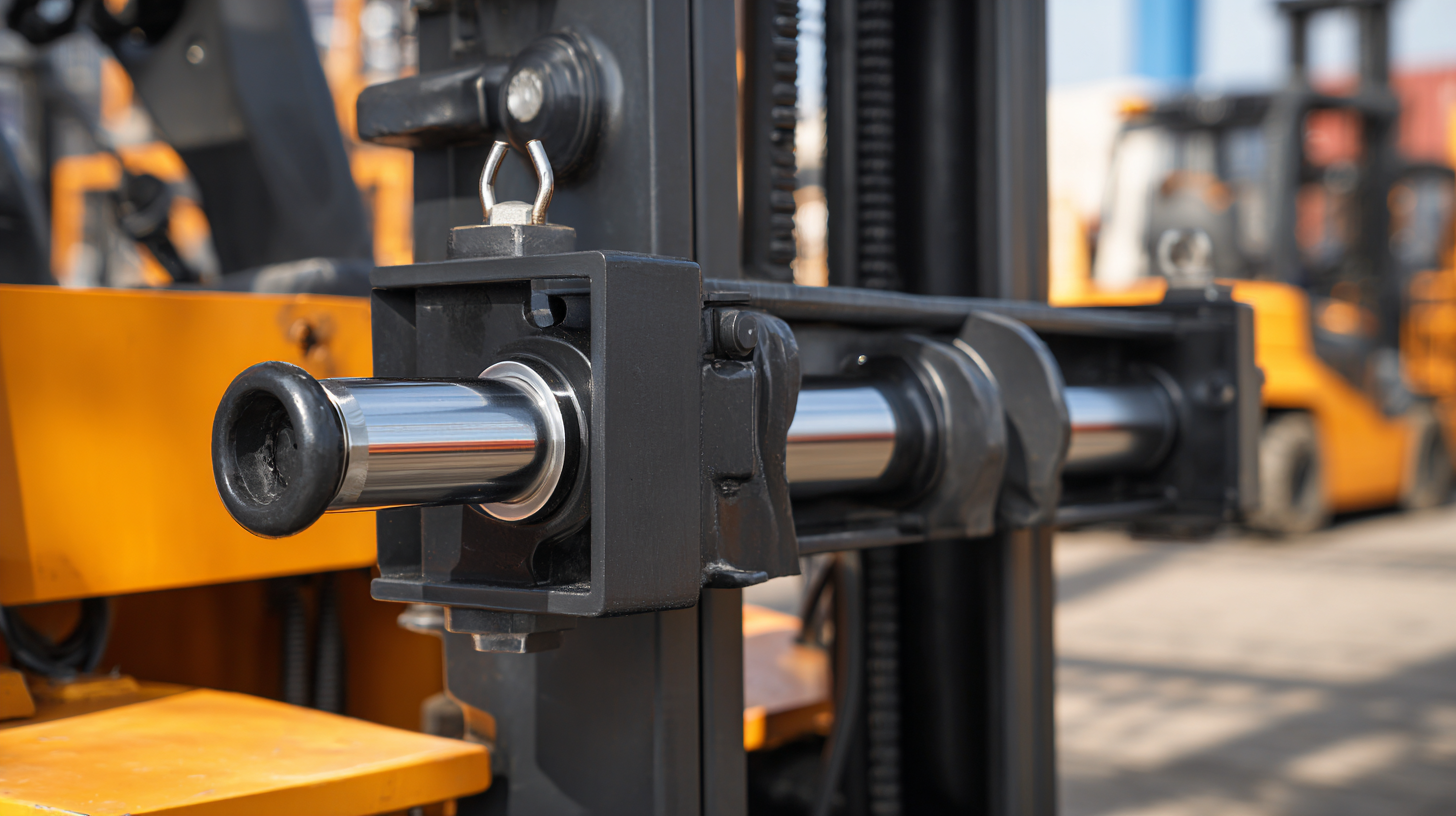
Moreover, understanding the specific requirements of your operations can guide your decision-making process. For instance, if your forklift is often exposed to harsh conditions, you may need a cylinder designed for durability and resistance to environmental factors. Engaging with industry professionals can further aid in selecting the best hydraulic solution that aligns with your operational goals, ultimately improving safety and productivity in your material handling tasks.
Understanding Hydraulic Cylinder Specifications for Maximum Efficiency
Selecting the right hydraulic cylinder for forklift operations is crucial for maximizing efficiency. Understanding the specifications of hydraulic cylinders, such as bore size, stroke length, and pressure rating, can significantly impact performance and operational costs. For instance, a hydraulic cylinder designed with a proper bore size can enhance lifting capability while ensuring smooth operation under various loads. Selecting a cylinder that matches the specific application requirements can lead to reduced downtime and increased productivity.
Moreover, advancements in hydraulic technology have introduced features like position sensor detection. These innovations allow for better monitoring of cylinder performance, ensuring that operators can detect issues before they lead to failures. As the global hydraulic market continues to grow, with projections indicating substantial increases in revenue, it becomes increasingly important for industries to focus on hydraulic cylinder specifications to maintain competitive advantage and operational efficiency. By aligning hydraulic features with operational needs, businesses can unlock greater efficiency in their forklift operations.
Maintenance Tips to Extend the Lifespan of Hydraulic Cylinders in Forklifts
Hydraulic cylinders are the backbone of forklift operations, providing the necessary power for lifting and moving heavy loads. However, to ensure these critical components continue to function efficiently, routine maintenance is essential. Just like hydraulic breakers, proper inspection and care can significantly extend the lifespan of hydraulic cylinders in forklifts.
To maintain your hydraulic cylinders, start with a regular inspection schedule. Look for signs of wear and leaks, as these can lead to reduced efficiency and costly repairs. Additionally, keep the hydraulic fluid clean and at the appropriate levels. Contaminated fluid can cause internal damage and performance issues.
Another useful tip is to implement a lubrication routine. Proper lubrication of moving parts minimizes friction and wear, increasing the overall longevity of the hydraulic cylinders. By investing time in regular maintenance and following these key tips, you can unlock the full potential of your forklift operations while avoiding unexpected downtimes.
Hydraulic Cylinder Maintenance Tips for Forklift Operations
Common Issues with Hydraulic Cylinders and How to Troubleshoot Them
Hydraulic cylinders are essential components in forklift operations, enabling the lifting and lowering of loads with precision. However, various issues can arise, impacting efficiency and safety. One common problem is fluid leakage, which can occur due to seal deterioration or improper installation. This not only reduces lifting capacity but can also lead to hazardous workplace conditions. Regular inspection and timely replacement of seals are crucial to prevent such issues.
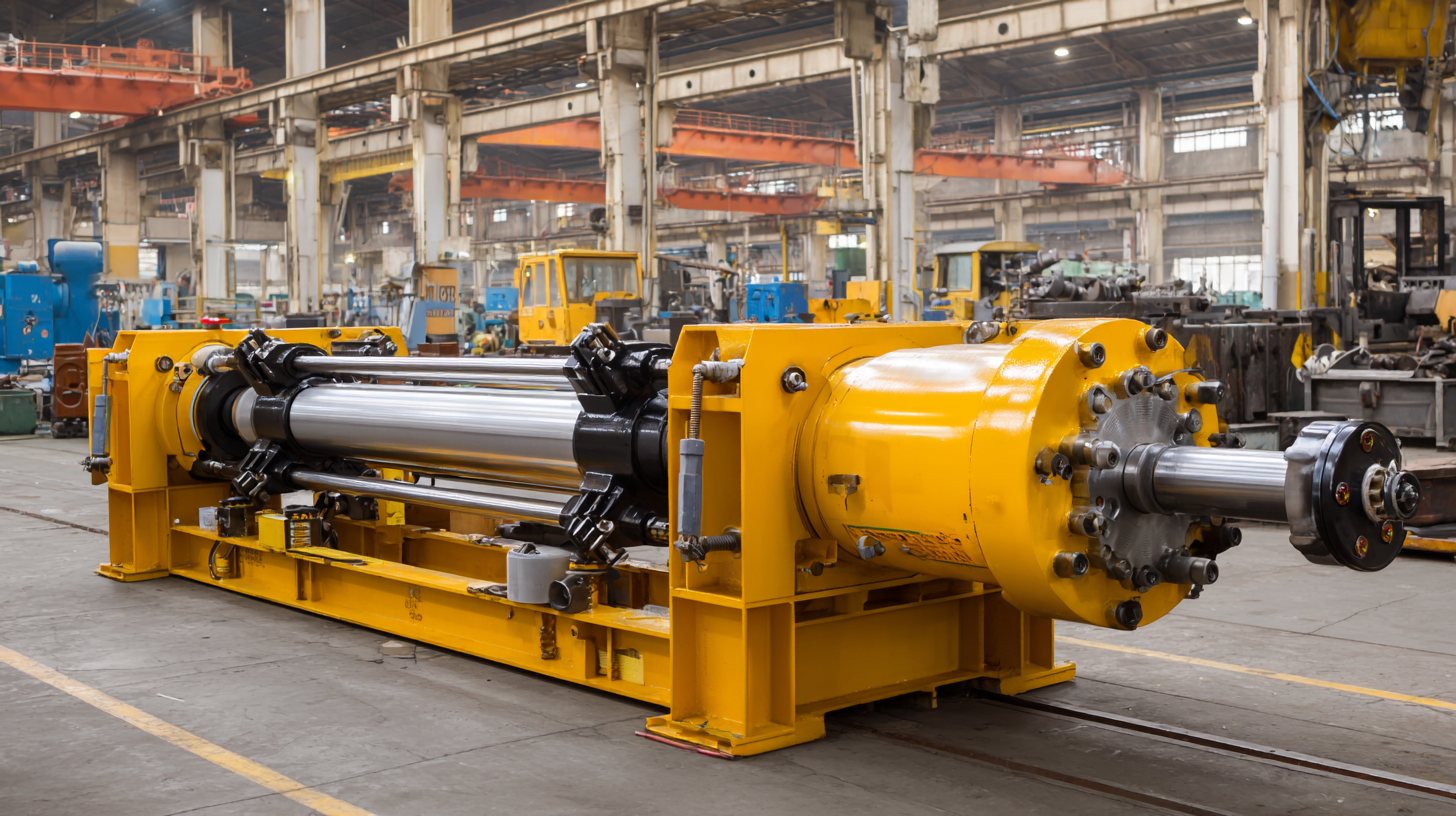
Another frequent concern is cylinder drift, where the load slowly descends even when the control valve is not engaged. This can be caused by wear in the cylinder's internal components or contamination in the hydraulic fluid. To troubleshoot this, operators should check for any signs of wear and ensure that the hydraulic fluid is clean and at the appropriate level. By addressing these common issues promptly, forklift operations can maintain optimal efficiency and safety, ultimately leading to more productive work environments.
Evaluating the Performance Impact of Upgrading Hydraulic Cylinders in Forklifts
Upgrading hydraulic cylinders in forklifts can significantly enhance their operational performance. Traditional hydraulic systems may limit lifting capacity and speed, impacting overall efficiency. By evaluating the performance impact of upgraded cylinders, businesses can achieve smoother operations, faster cycle times, and improved load handling capabilities. Newer hydraulic cylinder designs often feature advanced materials and engineering that reduce friction and increase responsiveness, leading to a more effective lift-and-carry operation.
Moreover, the implementation of upgraded hydraulic cylinders can lead to long-term cost savings. Enhanced efficiency reduces wear and tear on the forklift, extending its service life and decreasing maintenance costs. Companies that invest in high-quality hydraulic solutions often experience a demonstrable return on investment through increased productivity and reduced downtime. The transition to upgraded hydraulic systems not only boosts the performance of forklift operations but also contributes to a safer work environment by allowing for better stability and control during lifting tasks.
Related Posts
-

A Comprehensive Guide to Selecting the Best Hydraulic Cylinder for Your Trailer Needs
-
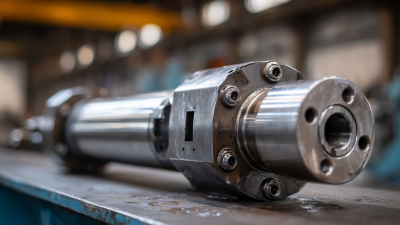
Ultimate Guide to Choosing the Best Hydraulic Oil Cylinder for Your Needs
-

Top Strategies for Enhancing Performance of Hydraulic Oil Cylinders
-

Hydraulic Cylinder For Trailer Common Issues Impacting Performance and Longevity
-

Essential Checklist for Selecting the Right Hydraulic Oil Cylinder for Your Needs
-
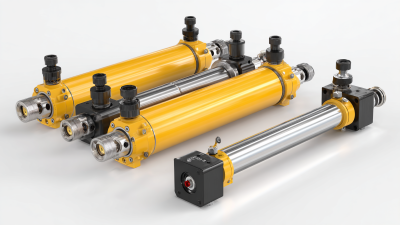
Understanding the Best Hydraulic Oil Cylinder Types for Your Needs
